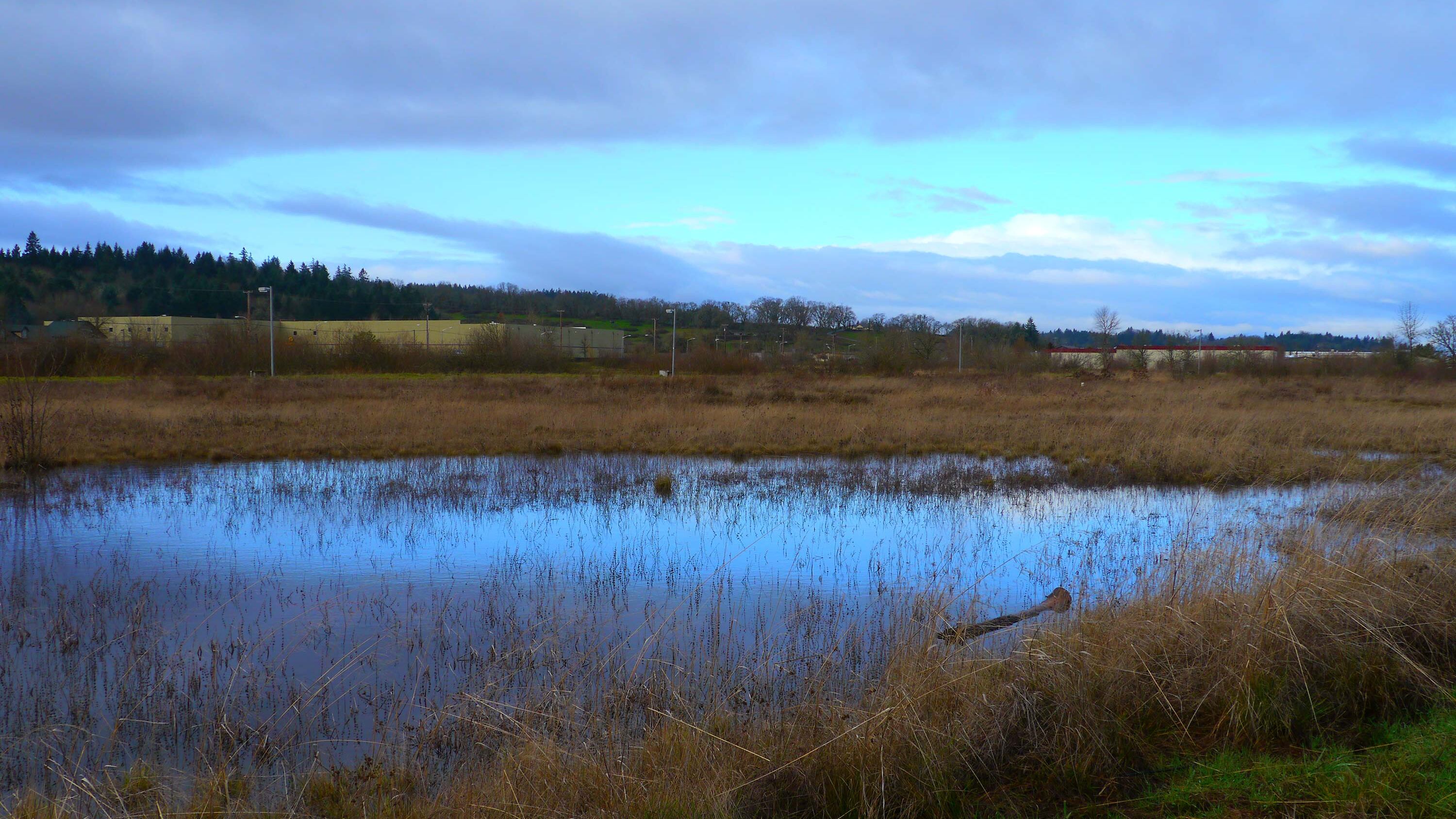Last month, Portland commemorated the 71st anniversary of the Vanport Flood, which killed 15 people and displaced 40,000 from a black neighborhood in North Portland.
But state officials may not have learned all the lessons of that disaster.
Vanport was built atop wetlands along the Columbia River. Wetlands act like giant sponges, absorbing and filtering rainfall and ground water. But state figures show development has already consumed more than one-third of Oregon's original wetlands and nearly 60 percent of the wetlands in the Willamette Valley.
Two bills still alive as Oregon lawmakers near the end of session would increase that figure—and add to the danger of flooding on filled-in land.
"Every time there's a major flood, people realize that if we still had the wetlands, we wouldn't have flooding," says Esther Lev, director of the Wetlands Conservancy.
House Bill 2796, co-sponsored by state Reps. Brian Clem (D-Salem) and Bill Post (R-Keizer), would "allow removal and fill of degraded wetlands for needed housing projects." Supporters tout it as a way to ease Oregon's housing crisis.
Lev and other critics note the bill doesn't actually require the construction of affordable housing where the greatest shortage exists and would place new housing in flood-prone areas. Worse, they say, the bill would allow a developer who filled in an acre of wetlands to replace it with just one-quarter of an acre of new wetlands.
"Usually, you have to create more wetlands than you destroy," says Bob Sallinger of the Audubon Society of Portland. "This bill is a total giveaway to developers."
Bill Ryan, deputy director the Division of State Lands, which regulates wetlands, said in legislative testimony that federal law requires at least a 1-to-1 replacement of wetlands filled for development. "HB 2796 contradicts this requirement," Ryan testified.
Clem says he introduced the bill for constituents eager to see development in mid-Willamette Valley towns that have degraded wetlands but are hemmed in by high-value farmland. "I don't think it's a fantastic bill," he adds.
Another threat to wetlands, House Bill 2437, would grant farmers a 60-fold expansion of the amount of material they could excavate from ditches without a permit.
Currently, farmers must obtain a state permit if they want to remove more than 50 cubic yards of material. The bill, backed by state Rep. Susan McLain (D-Hillsboro), would expand that allowance to 3,000 cubic meters—enough dirt to fill an Olympic-size swimming pool.
And the bill would allow farmers to dump excavated dirt in adjacent wetlands without public notice. McLain, who grew up on a farm, says current regulations are too restrictive.
Lev says what farmers call ditches are streams that have been tamed into channels. She says excavating them and throwing the fill in healthy wetlands is doubly destructive.
"That water was there a long time before farmers were," Lev says. "And what we've found out the hard way is that nature always bats last."
Both bills present a test for Gov. Kate Brown.
Just two months ago, she fired off a strongly worded 10-page letter to President Donald Trump's Environmental Protection Agency, which is beginning what Lev and other environmentalists say is an all-out attack on wetlands protections. In an April 11 letter, Brown urged EPA Administrator Andrew Wheeler to expand the definition and protection of wetlands to help "ensure Oregon's treasured natural environment is protected and restored."
Brown spokeswoman Kate Kondayen declined to say whether the governor would sign or veto either pending wetlands bill, but she noted Brown already signed House Bill 2250, aimed at protecting Oregon's environment from Trump rollbacks.
"The governor has a strong track record on environmental standards and protections, including signing the Oregon Environmental Protection Act [HB 2250]," Kondayen says. "She will approach all environmental legislation through that same lens."
